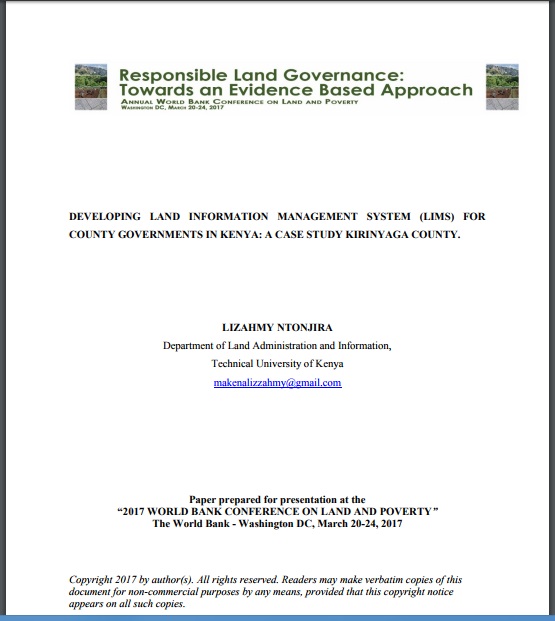Forefronting the Socio-Ecological in Savanna Landscapes through Their Spatial and Temporal Contingencies
Landscape changes and the processes driving them have been a critical component in both research and management efforts of savanna systems. These dynamics impact human populations, wildlife, carbon storage, and general spatio-temporal dynamism in response to both anthropomorphic and climatic shifts. Both biophysical and human agents of change can be identified by isolating their respective spatial, temporal, and organizational contingencies.






